You may remember Fearless Leader, the dictator who ruled Pottsylvania half a century ago. His minions Boris and Natasha were regularly outsmarted by our heroes Rocky and Bullwinkle. Part of the joke, of course, was that Fearless Leader wasn't fearless at all: he worked his evil secretly from an underground bunker.
In that famed cartoon series, the traditional power model is turned upside-down. True leadership is not embodied by the country's ruler but by a modest flying squirrel and moose who vanquish evil against all odds. Fearless leadership is democratized, not relegated solely to appointed leaders.
The Rocky and Bullwinkle model isn't a bad one for higher education in the 21st century: leadership in this volatile environment needs to be more democratic, less hierarchical -- and more fearless.
My mother entered UC Berkeley in 1928. If she toured the university today, she would still recognize elements of her campus experience. Not only would Sather Gate be recognizable but the pathway from general education through her major in political science would be familiar. My mother wore dresses to class and took notes with a pen, but even some lectures would undoubtedly remind her of college classes 85 years ago.
I'm not saying that higher education has been stagnant. Revolutions in technology, shifting demographics, and changing cultural attitudes have affected curricula, teaching methodologies, admission policies, student support, and many other areas.
However, changes have been incremental, as they were historically in banking, healthcare, manufacturing, and retail. In classrooms, we added television and then video. We moved from chalkboards to transparencies to PowerPoint to the cloud. We switched from paper to email. We adopted Moodle and Google.
But now we have to recognize and perhaps challenge our deeply held beliefs.
We can chart the trajectory of industries that challenged beliefs and those that didn't -- from newspapers to retail stores, from hospitals to automakers. Remember when we believed telephones had to be permanently attached to a wall?
Throughout American universities, we believe people all over the world will continue to clamor for entrance to our universities. We believe that students need two years for a broad-based "general" education and two years for immersion in a major. We believe faculty members should design their own unique classes -- even if thousands of the same math, biology, English, and psychology courses have already been successfully created. We believe the school year starts in fall and ends in spring. We believe in credits and grades. We believe in a reward system for faculty, administrators, and students built upon a rather narrow swath of individual achievements.
In order for universities to challenge deeply held beliefs, in order to effect deep change, we need to spread leadership -- fearless leadership -- more broadly. Our students and our most recently hired faculty and staff may perceive our shifting world more clearly than those of us who've been here for years.
It's important to bring all stakeholders into our thinking and planning. At my institution, some of our strongest change initiatives are being led by untenured faculty and recently hired staff. Students are in the mix too, helping us see the world through a wide array of lenses.
At times administrators and senior faculty tell me they fear that more vulnerable employees will be hurt by championing untested initiatives. It would be better, they say, for those employees to wait until they're "secure" before they step out in front. I respond that our university's future depends on new thinking. We have to create reward structures that support creativity and broad-based fearless leadership, that don't punish people for disruptive ideas. Deep change has to come from within, across, and outside the university.
For universities to succeed in a tumultuous world, everyone needs to be a fearless leader.